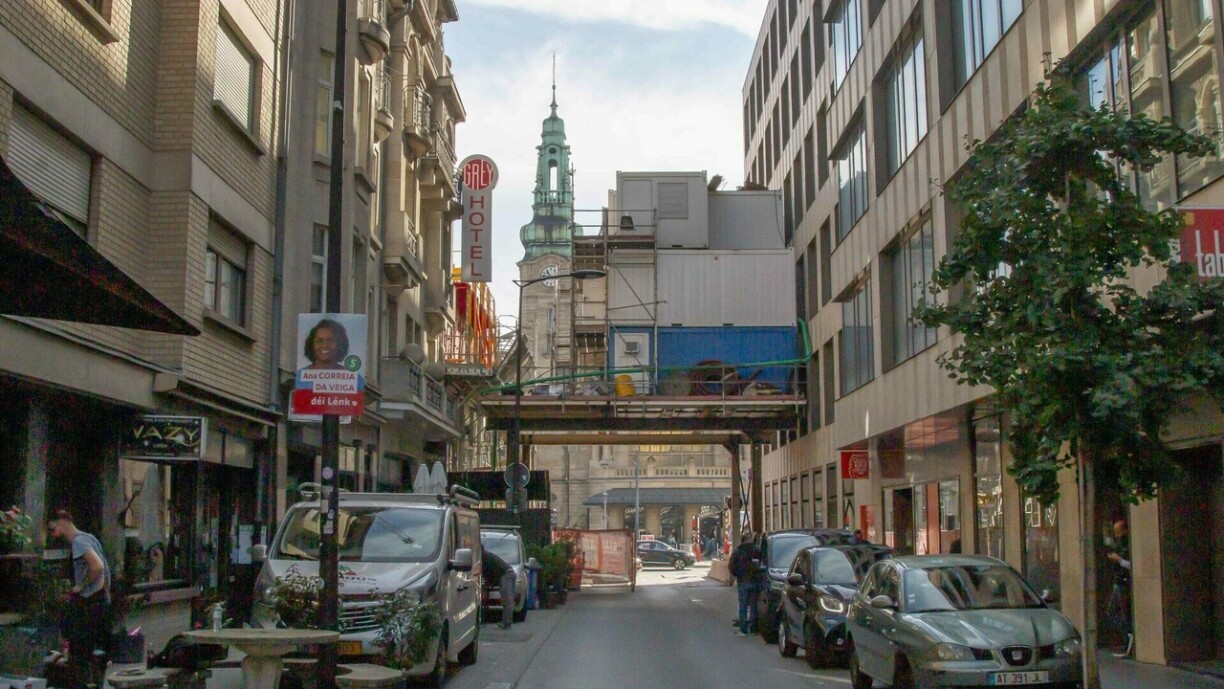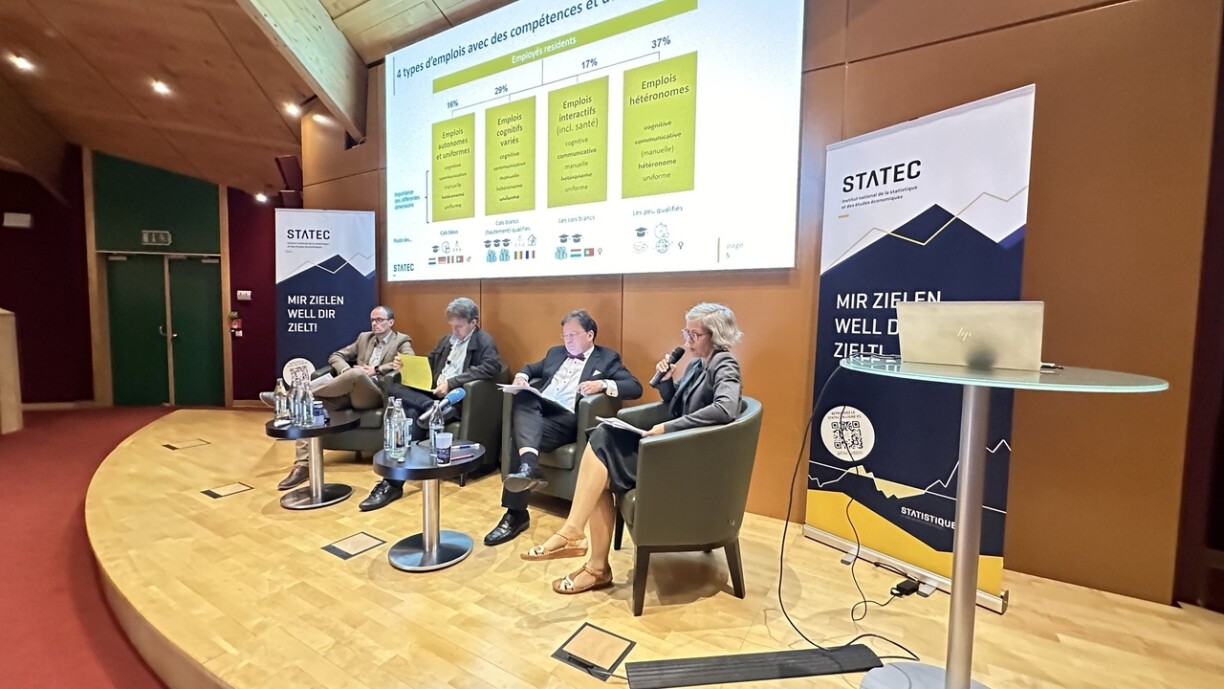
In 2022, 1.9% of workers in Luxembourg lived at poverty risk. More than half of them operate in four specific sectors of activity, namely construction, hotels and restaurants, healthcare, and retail.
Other worker categories that are relatively more exposed to the risk of poverty are temporary workers, part-time employees, non-European nationals, and people with a lower level of education. The presence of dependent children in a household further increases the risk of poverty among workers.
Benefits like the minimum social wage and the Social Inclusion Income (REVIS) do not always provide sufficient protection against poverty risks, particularly those affecting households with children. High living costs in Luxembourg further mean that household needs are not always fully covered.

According to forecasts from the National Institute of Statistics and Economic Studies (STATEC), the average standard of living for Luxembourg residents will rise by 7.7%, from around €3,745 in 2021 to €4,032 per person in 2022. This increase thereby exceeds annual inflation (6.3%).
The increase can be explained by a combination of factors, such as the wage indexation of April 2022 and the measures taken at the Tripartite meeting: tax credits and aids granted in response to rising energy costs, in particular the increase in the cost-of-living allowance and energy-related bonuses.
The poverty rate is down slightly on the previous year, from 18.1% to 17.4% in 2022.
In 2022, almost nine out of ten households stated that their housing costs were either high or moderately high. This situation affects almost all household types, including 82% of the most affluent ones and 91% of the most disadvantaged ones.
For households in the first income quartile, housing costs are a particular cause for concern. They represented 57.9% of their disposable income, according to measured monetary data.
Furthermore, households cannot use all of their income as some expenses like rent, mortgage repayments, or insurance have to be paid.
The least well-off households see more than 60% of their income absorbed by these expenses, while this proportion falls to 20% for the most well-off households.
In 2022 the average disposable income after subtracting these inevitable expenses was a monthly €4,624 per household. This number decreases to €1,121 for the lowest 10% of households. When taking into consideration this true disposable income, the risk of poverty increases to 21%.